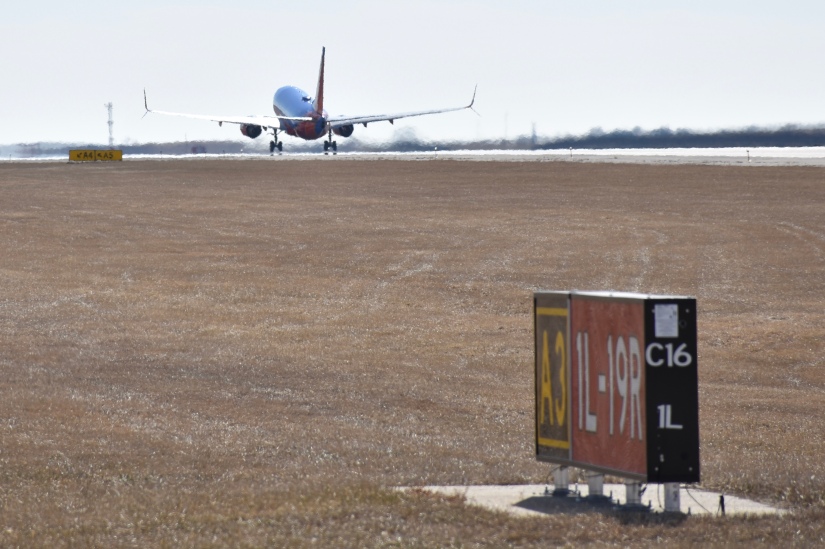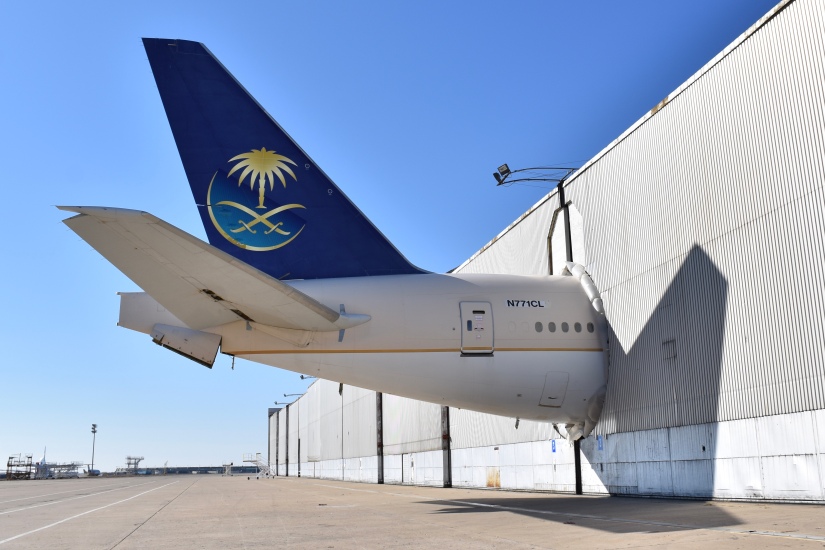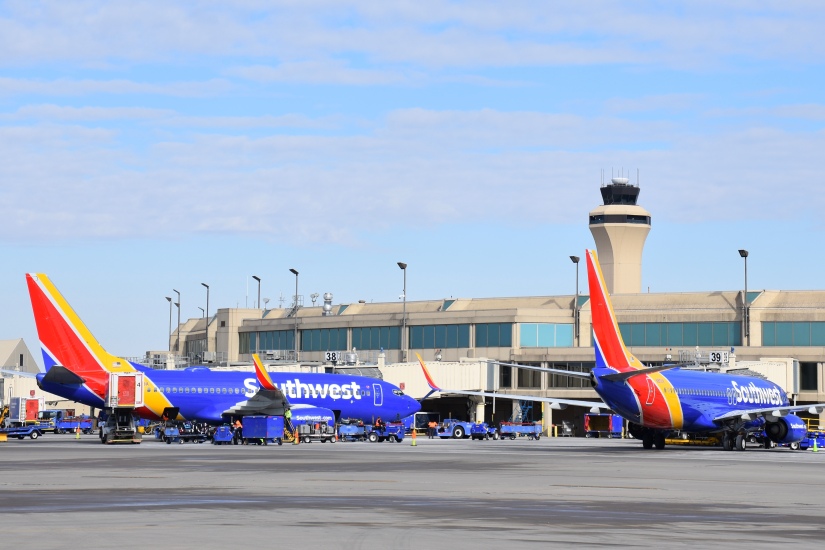Do you know all the ins and outs — and I mean all the ins and outs — of an airport? Me either!
I’d like to think I know the basics of who and what keeps them up and running… I mean, you have your gate agents, ramp agents, pilots, flight attendants and air traffic controllers along with well-maintained runways, taxiways, jet bridges, gates and other facilities and BAM! You’ve got yourself an airport.
There are, of course, dozens of other systems and teams that are essential to keeping things running smoothly on and around an airfield — many of which are quietly and constantly at work in the background. One such team is airport operations.
Think of an airport as an apartment complex… the operations team is more or less the landlord, and the airlines are the tenants. At a high level, the ops team is responsible for ensuring the airport is in compliance with Federal Aviation Administration regulations.
Part of that includes frequently checking runways and taxiways to make sure they’re in good shape and that there isn’t any FOD (foreign object debris). They’ll look at the condition of the lights, signs and pavement, while keeping an eye out for wildlife or any other hazards on or around the airfield.
Last weekend, I had the privilege of spending a few hours at Kansas City International Airport with Nicole Lordemann, Assistant Manager of Operations.
Her team is out on the airfield six times each day performing thorough inspections to make sure everything is in tip-top shape. While we were out driving around, I learned a lot about what to look for, and also started to notice a lot of patterns.
For instance, the pavement markings on runways are always white, while the markings on taxiways are yellow — that’s easy enough to remember because… “and a big yellow taxi took my girl away.” Right?



The actual signs that stick out of the ground are color-coded also. There are three types of signs that I tend to notice as an airplane passenger: mandatory instruction signs, location signs and direction signs.
- Common mandatory instruction signs include runway holding position signs and “no entry” signs. These red signs with white text are there to let you know where to stop — whether it’s to pause before you cross an active runway, or to avoid entering a restricted area.
- Location signs tell you where you are — who’d a thunk? These signs have a black background, a yellow inscription and a yellow border. If you see it head-on, you’re on it!
- Direction signs are yellow with black text and help guide you. For example, if you see a yellow sign with a black “A” and an arrow pointing to the right, turn right and you’ll be on taxiway Alpha. Easy peasy, lemon squeezy!




There’s one type of sign, however, that I just learned about from Nicole: runway distance remaining signs. Next time you’re riding in an airplane, look out the window as you’re charging down the runway (wait… doesn’t everyone do that already?) and you’ll see black signs with white numbers that are counting down. These indicate the number — in thousands — of feet remaining on the runway. I guess I didn’t take any photos of these guys, oops!
As the afternoon was winding down, we made one last stop at the Kansas City Overhaul Base. When I first arrived a few hours earlier, I noticed some big birds just east of runway 19L/1R — everything from Boeing 747s to McDonnell Douglas DC-10s and even a Lockheed L-1011. It seemed odd to me since the only heavy aircraft that fly into MCI on a regular basis are freighters operating for companies like FedEx and UPS. Stranger still — and even a little eerie — was the fact that many of these planes were missing parts and most had a lot of the paint scraped off of them.


I learned from Nicole that this area, along with the adjacent hangars, is where many older aircraft come to be parted out and/or refurbished. The Kansas City Overhaul Base has actually been around since the golden age of aviation, opening concurrently with the airport in 1957 and employing more than 5,000 people at its peak in the ‘60s and ‘70s — at which time it was the city’s largest employer. Most notably it served as a maintenance facility for TWA, but today it’s leased primarily by MRO (maintenance, repair and overhaul) companies like Aviation Technical Services and spare parts trading companies like Jet Midwest.



For those who haven’t been, Kansas City is a really neat city with a metro area that’s steadily growing, and the airport is doing its part to keep up with that growth. Last year, MCI (yes, that IS the real IATA airport code, stemming from its original name: Mid-Continent International Airport) broke ground on a $1.5 billion project that will replace the airport’s aging three-terminal complex with a single, modern terminal. Dubbed “Build KCI” (remember, it’s actually MCI!), the new terminal is set to open in early 2023.
With that, I want to sincerely thank Nicole for her time and hospitality last week. It’s not too often that AV geeks like me are able to take part in these behind-the-scenes adventures, but it was so much fun and an all-around awesome learning experience. I’ll certainly be back to check out the new terminal, if not before then.
I’ll leave y’all with a few more photos from the day. Cheers!









